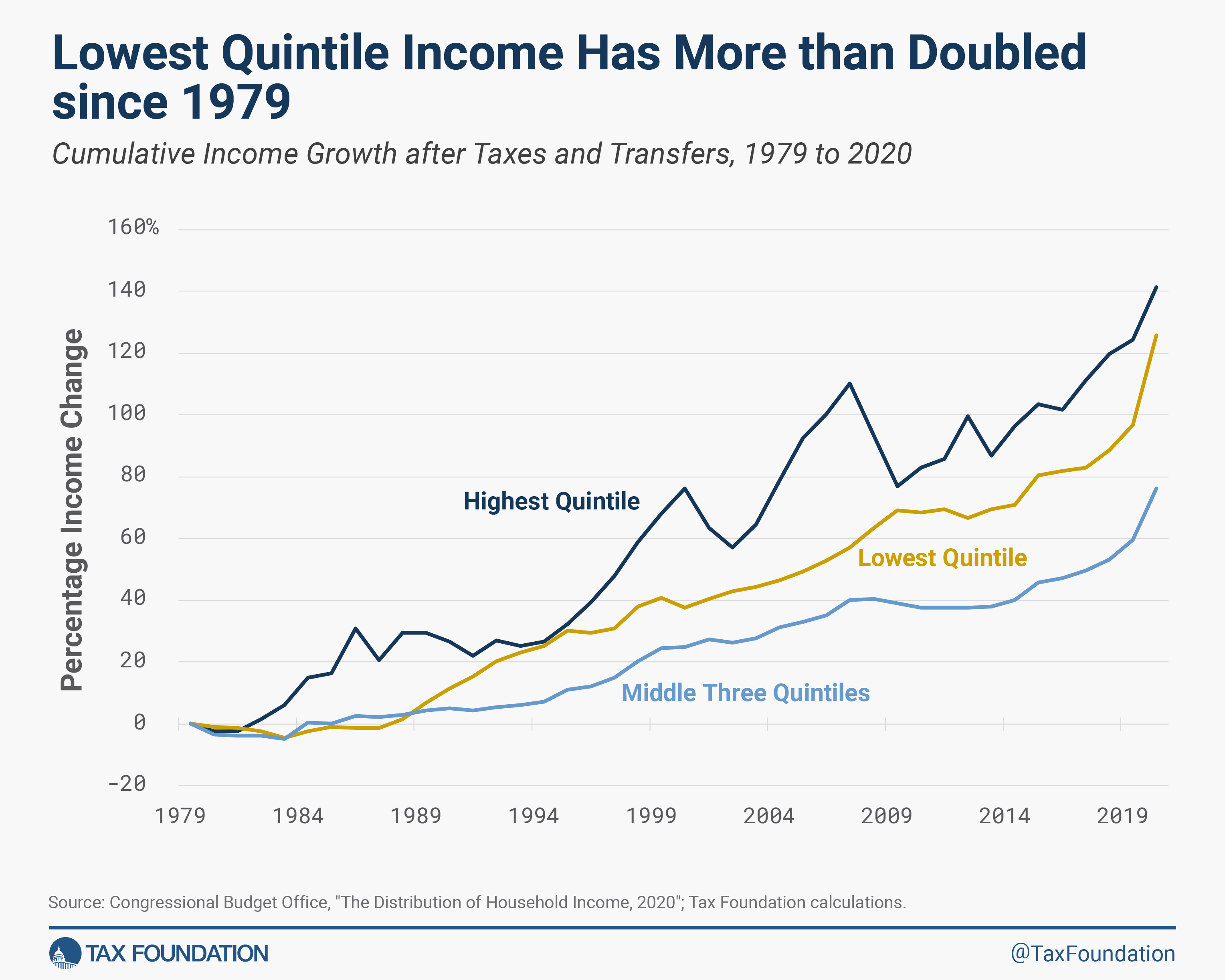CAFC Schools TTAB on Likelihood of Confusion Analysis
“Because the marks’ lead words ‘look and sound almost the same and have the same connotation and commercial impression,’…the Board should have weighed the first DuPont factor heavily in favor of a finding of likelihood of confusion.”
The U.S. Court of Appeals for the Federal Circuit (CAFC) issued a precedential decision on Thursday vacating the Trademark Trial and Appeal Board’s (TTAB’s) denial of a petition to cancel a trademark for a medicated tea product to treat colic in babies.
Naterra International, Inc. petitioned the TTAB to cancel the mark BABIES’ MAGIC TEA based on likely confusion in the market with its own registrations for the mark BABY MAGIC, which cover “numerous toiletry goods.” The Board found that Naterra failed to prove confusion under the 13 DuPont Factors because it failed to prove its own mark was commercially strong, “let alone famous,” under DuPont factor five; and that DuPont factors two and three, which relate to the similarity of the goods and the similarity of established trade channels, respectively, weighed against a likelihood of confusion, as Naterra had failed to prove either factor. The TTAB did find that factor one, the similarity of the marks, weighed in favor of likelihood of confusion, since the marks were “more similar than dissimilar as to appearance, sound, connotation and commercial impression,” but ultimately the Board “gave ‘particular weight’ to the lack of ‘probative evidence showing the relatedness of the parties’ respective goods, . . . coupled with the somewhat weak inherent nature of [Naterra’s] BABY MAGIC mark, [and] the lack of demonstrated commercial strength (let alone fame) and similar trade channels.” On appeal, Naterra said the TTAB’s finding that factors two and three disfavored a likelihood of confusion finding was not supported by substantial evidence and that it erred in failing to give sufficient weight to the similarity of the marks or the fame of the BABY MAGIC mark.
The CAFC said that the Board’s rejection of Naterra’s expert testimony about the concept of “umbrella branding”—here, referring to the fact that “several companies sell baby ingestible products and baby skin care products under the same mark—to conclude that the goods were not related indicated that the Board might not have properly considered the testimony as evidence, but the court was ultimately unable to discern whether it did or not, and thus remanded for further consideration and explanation. The court also rejected Samah Bensalem’s argument that this constituted, at most, harmless error, explaining that the Board relied on the rejection of the testimony in finding no relatedness.
As to the third DuPont factor relating to the similarity of trade channels, the CAFC said the Board failed to properly consider all the evidence, such as Bensalem’s response to the request for admission, “admitting that both parties ‘utilize similar channels of trade in connection with the trademarks.’” Furthermore, said the court, “the Board did not identify in its decision any evidence showing a lack of similarity in trade channels.” The court again rejected Bensalem’s argument that this amounted to harmless error and vacated and remanded for the court to consider all the relevant evidence.
On DuPont factors one and five, the CAFC was persuaded by Naterra’s argument that the Board incorrectly weighed these factors. On factor one, the similarity of the marks, Naterra said the Board’s finding that the marks were more similar than dissimilar “should—at a minimum—weigh heavily in favor of finding a likelihood of confusion if not be dispositive in the analysis.” Because the marks’ lead words “look and sound almost the same and have the same connotation and commercial impression,” and because “TEA” is generic and descriptive on its own, the Board should have weighed the first factor heavily in favor of a finding of likelihood of confusion. As to Naterra’s argument that this finding is dispositive, the court declined to address is but said the TTAB should address it after first reconsidering all of the relevant DuPont factors on remand.
As to the fame of the mark, the court did not agree with Naterra’s argument that the Board should have given more weight to its finding that Naterra’s mark fell “somewhere in the middle” on the fame spectrum because the fame of the mark was not “unquestionably established.”
The court ultimately vacated and remanded the case, holding that the TTAB erred in weighing the first DuPont factor, failed to address relevant evidence concerning the third DuPont factor and finding the court could not discern whether the Board properly addressed relevant evidence concerning the second DuPont factor.
Eileen McDermott
Eileen McDermott is the Editor-in-Chief of IPWatchdog.com. Eileen is a veteran IP and legal journalist, and no stranger to the intellectual property world, having held editorial and managerial positions at […see more]







